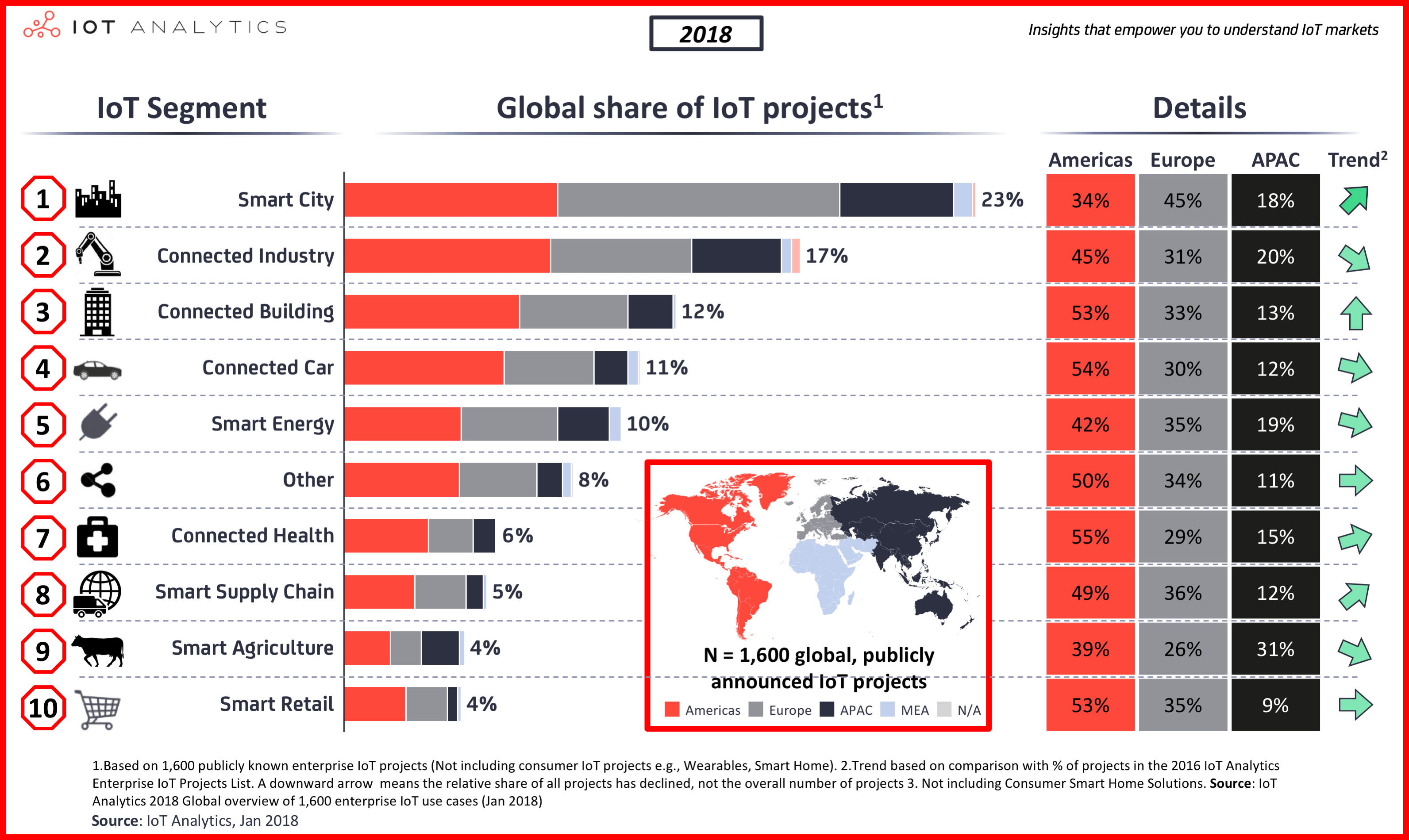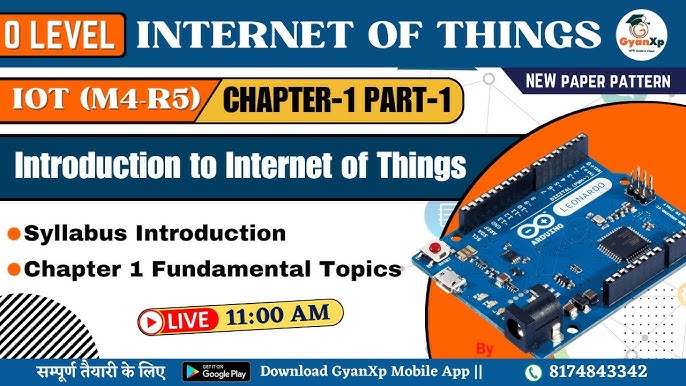Explore the fascinating intersection of IoT and Arduino in “Exploring the Best IoT Projects Using Arduino | A Comprehensive Guide.” This article delves into the fundamentals of IoT, offering an overview of various projects and introducing the Arduino platform. Highlighting the pinnacle of creativity, it focuses on the best IoT projects achievable with Arduino, providing practical insights and step-by-step implementation guides. Whether you’re a novice or seasoned enthusiast, discover how to harness Arduino’s capabilities to build innovative IoT solutions. Join us on this journey from theory to application, uncovering the potential and future directions of IoT technology.
Join ashrfr.xyz for a detailed examination of this topic.
1. Introduction to IoT and Arduino
Explore the fascinating intersection of IoT and Arduino in “Exploring the Best IoT Projects Using Arduino | A Comprehensive Guide.” This article delves into the fundamentals of IoT, offering an overview of various projects and introducing the Arduino platform. Highlighting the pinnacle of creativity, it focuses on the best IoT projects achievable with Arduino, providing practical insights and step-by-step implementation guides. Whether you’re a novice or seasoned enthusiast, discover how to harness Arduino’s capabilities to build innovative IoT solutions. Join us on this journey from theory to application, uncovering the potential and future directions of IoT technology.
IoT, or the Internet of Things, represents the interconnectedness of devices that communicate and interact over the internet, enabling data exchange and automation. Arduino, a versatile open-source electronics platform, serves as a cornerstone in IoT development, empowering users to create interactive projects with ease. This section introduces the foundational concepts behind IoT and explores Arduino’s role in transforming ideas into tangible applications. Whether you’re intrigued by smart home devices, environmental sensors, or automation solutions, understanding IoT principles and Arduino’s capabilities is essential. As we embark on this exploration, we aim to demystify complex concepts, making IoT accessible and inspiring innovation in Arduino-based projects.
2. Overview of IoT projects
IoT projects encompass a diverse array of applications that leverage interconnected devices to enhance efficiency, convenience, and functionality across various domains. These projects span industries from smart agriculture and healthcare to home automation and industrial monitoring.
In agriculture, IoT enables farmers to monitor soil moisture levels, temperature, and humidity remotely, optimizing irrigation and crop management. Healthcare benefits from IoT devices that track patient health metrics, administer medication reminders, and facilitate remote consultations, improving care accessibility and efficiency.
Home automation represents a popular IoT application, allowing homeowners to control lights, appliances, and security systems via smartphones or voice commands. Industrial IoT (IIoT) revolutionizes manufacturing and logistics with real-time data monitoring, predictive maintenance, and supply chain optimization.
Environmental monitoring employs IoT sensors to track air quality, pollution levels, and weather conditions, aiding urban planning and resource management initiatives. Additionally, IoT plays a crucial role in smart cities by managing traffic flow, public transportation systems, and waste management efficiently.
Each IoT project integrates hardware components, software programming, and network connectivity, often centered around platforms like Arduino for prototyping and implementation. By exploring these diverse applications, enthusiasts and professionals alike can appreciate the transformative impact of IoT on modern living and industry.

3. Introduction to Arduino
Arduino stands as a pivotal platform in the realm of IoT, renowned for its accessibility and versatility in prototyping electronic projects. Originally developed in Italy, Arduino boards are open-source, allowing users to modify and extend their functionalities freely. This flexibility makes Arduino suitable for beginners and advanced users alike, facilitating rapid development and iteration of IoT solutions.
At its core, an Arduino board comprises a microcontroller unit (MCU) embedded with input/output pins for connecting sensors, actuators, and other electronic components. Programming an Arduino involves using the Arduino Integrated Development Environment (IDE), which simplifies code writing and uploading to the board.
Arduino boards come in various shapes and sizes, catering to different project requirements. The Arduino Uno, for instance, is a popular choice for beginners due to its ease of use and extensive community support. More advanced users may opt for boards like the Arduino Mega or Arduino Nano, offering increased processing power and compact form factors.
Beyond hardware, Arduino boasts a vast ecosystem of libraries and community-contributed projects, enabling users to leverage pre-written code for common tasks. This collaborative environment fosters innovation and accelerates project development across diverse IoT applications, from home automation to robotics and beyond. As we delve deeper into Arduino’s capabilities, we unlock the potential to create impactful IoT projects that shape the future of technology.

4. Best IoT projects using Arduino

The best IoT projects using Arduino showcase the platform’s adaptability and creativity in solving real-world challenges. One standout project involves building a smart home system, where Arduino controls lights, appliances, and security devices. This setup offers convenience through remote monitoring and control via smartphone apps or voice assistants.
Another compelling application is environmental monitoring. By integrating Arduino with sensors for air quality, temperature, and humidity, enthusiasts can create devices that provide real-time data for urban planning or personal health tracking.
Arduino’s role in agriculture is significant as well. Projects often include automated irrigation systems that adjust watering based on soil moisture levels detected by Arduino-connected sensors. This technology helps optimize crop yields while conserving water resources.
For those interested in health and wellness, Arduino-based wearable devices can track vital signs such as heart rate and activity levels. These devices provide valuable insights into personal health metrics, promoting a proactive approach to well-being.
These examples highlight Arduino’s versatility in IoT projects, empowering users to innovate and customize solutions that address specific needs in various domains effectively. Whether enhancing home automation, monitoring environmental conditions, optimizing agricultural practices, or advancing personal health monitoring, Arduino continues to inspire and enable groundbreaking IoT innovations.
5. Step-by-step guide to implementing IoT projects with Arduino

Implementing IoT projects with Arduino involves a systematic approach to hardware setup, software programming, and integration. Here’s a step-by-step guide to get you started:
Define Your Project Scope: Clearly outline the goals and functionalities you want your IoT project to achieve. Whether it’s home automation, environmental monitoring, or something else, having a clear vision is essential.
Select Your Arduino Board: Choose the appropriate Arduino board based on your project requirements, considering factors like the number of I/O pins, processing power, and form factor.
Gather Components: Collect sensors, actuators, and other electronic components needed for your project. Ensure they are compatible with your Arduino board.
Setup Arduino IDE: Download and install the Arduino Integrated Development Environment (IDE) on your computer. This software will be used to write, compile, and upload code to the Arduino board.
Write and Upload Code: Develop the necessary code to read sensor data, control actuators, and manage communication protocols (like Wi-Fi or Bluetooth). Utilize Arduino libraries and example codes to simplify development.
Assemble and Test: Connect all components according to your circuit design. Test each component and functionality to ensure they work as intended.
Integrate IoT Platform: If your project involves cloud connectivity or remote monitoring, integrate with an IoT platform like Arduino IoT Cloud, Blynk, or ThingSpeak.
Deploy and Iterate: Once everything works correctly, deploy your IoT device in its intended environment. Monitor its performance and iterate on improvements based on feedback and data analysis.
By following these steps, you can effectively implement IoT projects with Arduino, leveraging its capabilities to create functional and innovative solutions tailored to your specific needs.
6. Conclusion and future possibilities

In conclusion, exploring IoT projects using Arduino reveals a landscape rich with innovation and practical applications. Arduino’s accessibility and versatility empower enthusiasts and professionals to create sophisticated IoT solutions across diverse fields, from smart homes and agriculture to healthcare and environmental monitoring.
Looking ahead, the future holds promising opportunities for IoT and Arduino integration. Advancements in sensor technology, communication protocols, and AI are poised to further enhance IoT capabilities. For instance, AI algorithms can analyze data collected by Arduino sensors to predict trends and automate responses, making systems smarter and more efficient.
Moreover, the expansion of IoT into industrial settings (IIoT) continues to revolutionize manufacturing processes, logistics, and resource management. Arduino’s role in prototyping and developing IIoT solutions underscores its importance in driving operational efficiency and innovation.
In the consumer space, the demand for interconnected devices that simplify daily tasks and enhance quality of life is expected to grow. Arduino’s role in enabling DIY IoT projects ensures that innovation remains accessible to individuals and small businesses, fostering a community-driven approach to technology development.
As we embrace these possibilities, collaboration and knowledge-sharing within the Arduino community will be crucial in shaping the future of IoT. Together, we can harness Arduino’s potential to create meaningful impacts and usher in a new era of connected devices and intelligent systems.


